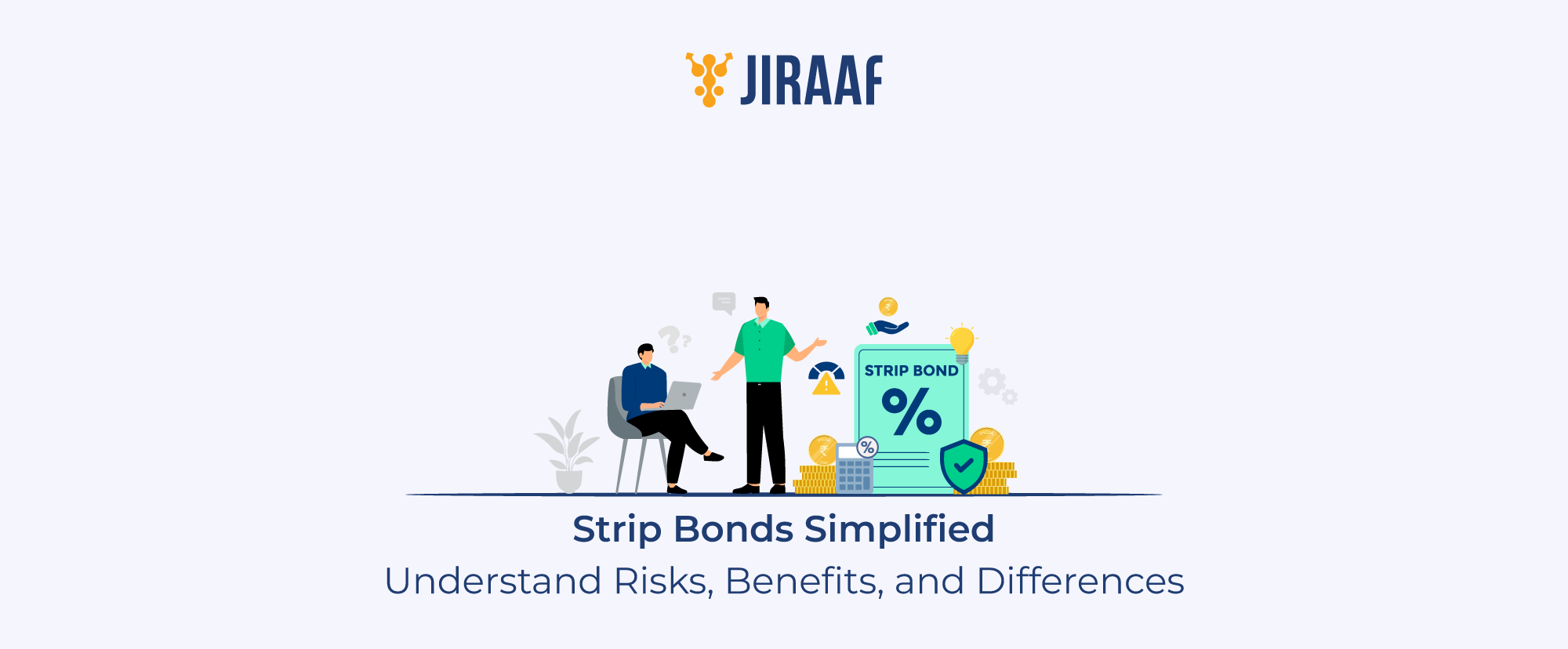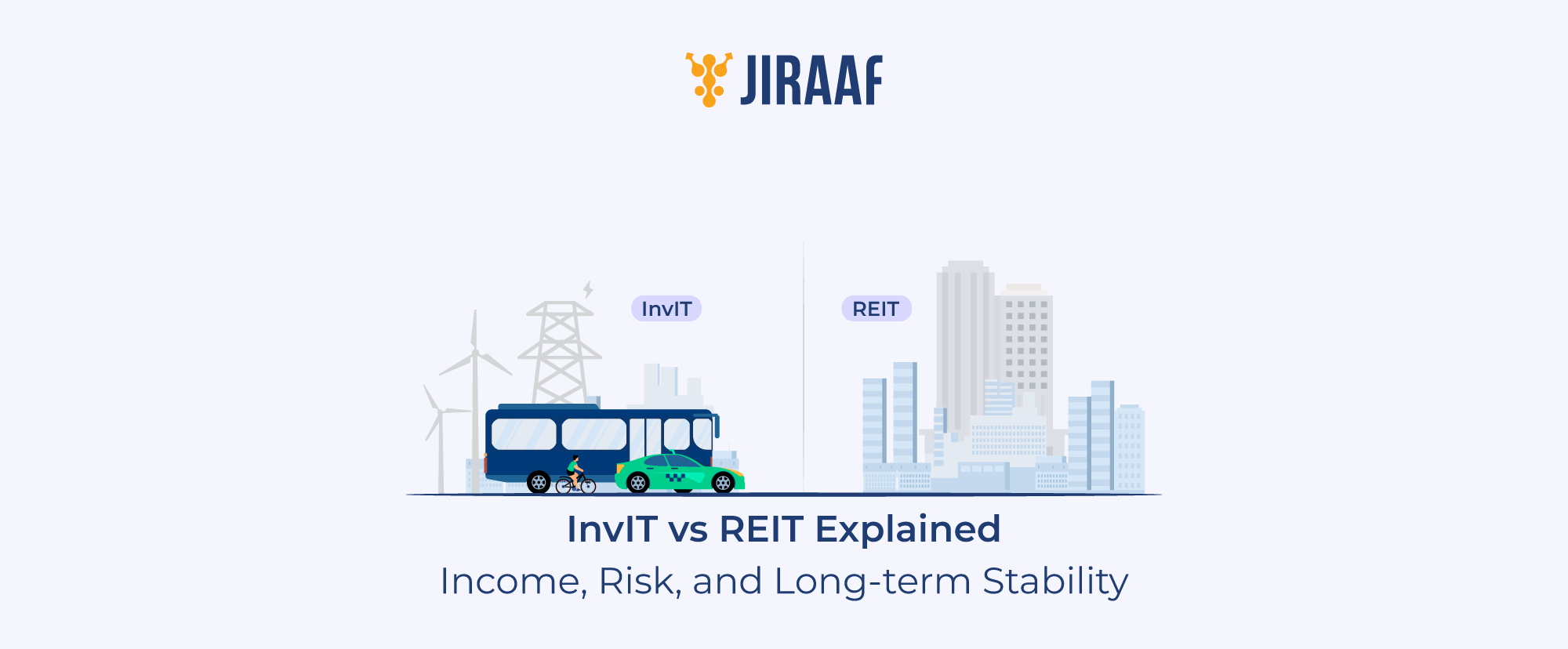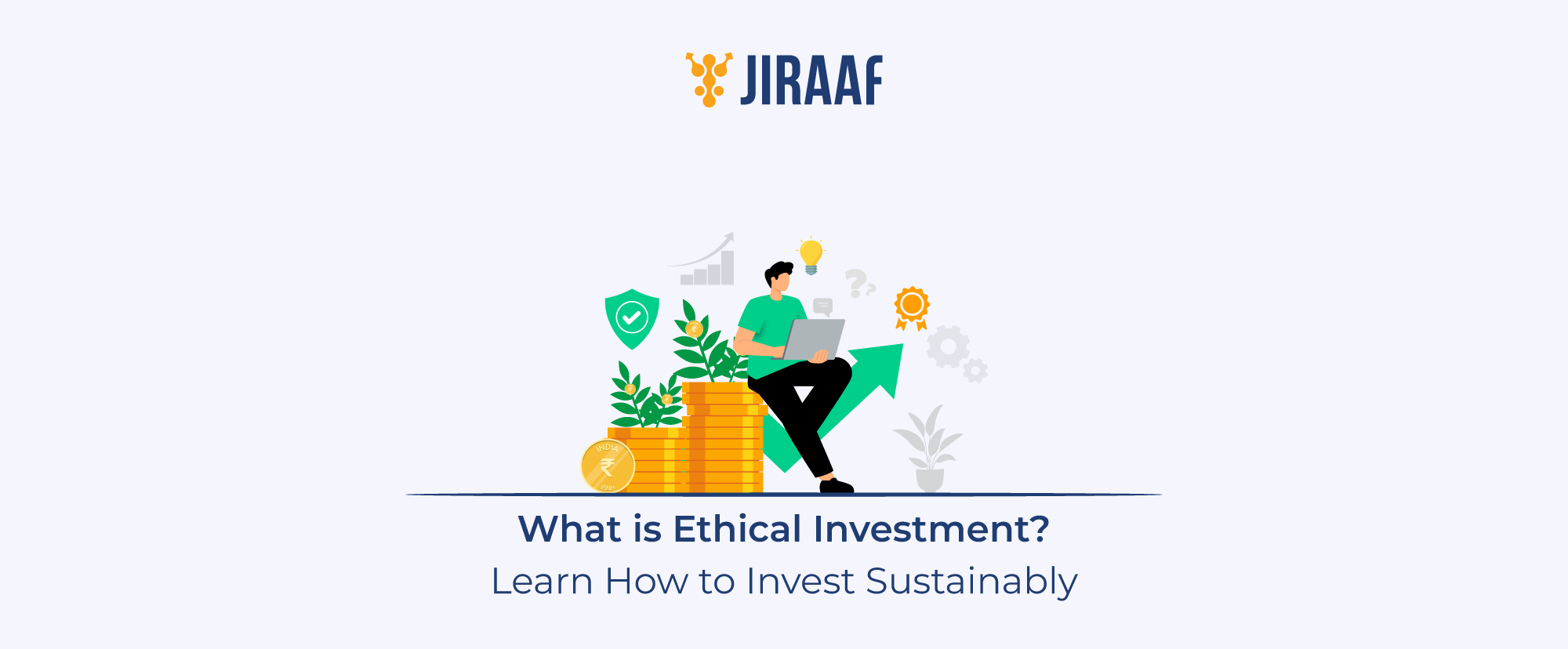The Indian government collects money through multiple means, such as GST on your shopping, customs duties on imports, and income tax on your salaries. However, did you know that there is another way through which both the state and central governments actively raise money from investors?
The government of India raises funds from investors by issuing bonds, and they are considered one of the safest types of bonds out there.
As of 2024, the Indian bond market was valued at approximately ₹226.3 trillion, out of which ₹105.9 trillion was contributed by government bonds alone.
If you are looking to invest in government bonds, read along as we discuss what government bonds are, their features, and how you can buy them. Let’s delve in.
What are Government Bonds?
Government bonds are debt securities issued by the central and state governments of India. The capital raised through these bonds is then used to fund projects such as infrastructure development, managing fiscal deficits, implementing welfare schemes, and regulating the money supply in the economy.
Government bond investors enjoy fixed returns because of the sovereign guarantee. These investors receive a fixed coupon rate (depending on the bond type) during the bond’s tenure and a reimbursement of principal amount at maturity.
These bonds are ideal for investors looking to preserve their capital without letting their money lose its purchasing power. Generally, these bonds offer lower returns when compared to other high yield corporate bonds.
Generally, the minimum investment limit in government bonds starts from ₹1,000 and in multiples thereof. And the maximum limit depends on the issuer.
The government issues both short-term and long-term bonds to meet its specific capital needs. Some of these bonds are Treasury Bills (T-Bills) and State Development Loans (SDLs).
Now that we understand what government bonds are, the next step is to discuss the specific features that make these bonds attractive for conservative investors. Let’s talk about them.
Key Features of Government Bonds
- Flexible Duration: Government bonds offer flexible investment tenures ranging from 91 days (Treasury Bills) to 40 years (long-term bonds), allowing investors to match their investment timeline with specific financial goals and liquidity needs.
- Steady Interest Rate: Most government bonds provide fixed coupon rates that remain constant throughout the investment tenure. These bonds typically pay semi-annually, ensuring recurring cash flows for the investors.
- Sovereign Guarantee: The most lucrative feature of government bonds is the complete backing by the Government of India. Hence, these bonds carry minimal default risk. However, these bonds are exposed to some level of risks including interest rate changes, inflation and liquidity risk.
- Regulatory Oversight and Market Transparency: Government bonds operate under comprehensive regulatory frameworks established by RBI and SEBI, ensuring transparent pricing, settlement mechanisms, and investor protection through standardized market practices and clear documentation.
Additionally, investors can choose from two types of government bonds on the basis of their investment tenure. Let’s talk about them.
Long-Term vs Short-Term Government Bonds
| Parameter | Long-term Government Bonds (5-40 years) | Short-term Government Bonds (<3 years) |
| Types | State Development Loans or long-term G-Secs | Treasury Bills (91, 182, 364 days) or Cash Management Bills |
| Liquidity | Lower secondary market activity | Higher liquidity, active secondary market trading |
| Volatility | More volatile as they are slightly more susceptible to interest rates than short-term government bonds | Less volatile as the interest rate effect is minimal here |
| Maturity | 5-40 years, suitable for long-term wealth creation | 91 days to 3 years, ideal for short-term parking |
Both long-term as well as short-term government bonds serve unique purposes for investors. These bonds are broadly available for investing online. Let us discuss about what platforms can you use to buy government bonds in India/
Platforms to Buy Government Bonds in India
You can access government bonds through two primary official platforms, both of which are designed to democratize bond investing and make these securities accessible to retail participants.
Here is how you can buy government bonds in India online.
How to Buy Government Bonds Online – Step by Step
Buying Government Bonds on RBI Retail Direct
RBI Retail Direct offers you the most direct route to invest in government securities by eliminating intermediaries and providing cost-effective access to primary auctions and secondary market trading. Here is how you can buy government bonds with RBI Direct:
Step 1: Visit the RBI Retail Direct Portal
Go to rbiretaildirect.org.in and click on “Open RBI Retail Direct Account”.
Step 2: Account Registration
You will have to fill up a form with basic details, including full name (as per PAN), email address, mobile number linked to Aadhaar, PAN number, date of birth, and preferred login credentials.
Step 3: KYC Completion
Complete your digital KYC process using Aadhaar-based verification. The system requires video identification to be completed within 3 days of registration. Next step in KYC completion requires you to upload necessary documents, including PAN card, signature image, and bank account details.
Step 4: Bank Account Validation
Link your savings bank account with net banking/UPI facility for seamless transactions. This platform will validate your bank account details to ensure secure fund transfers.
Step 5: Account Activation
Once KYC verification is successful, you’ll receive login credentials via email. The Retail Direct Gilt (RDG) account will let you participate in primary auctions and secondary market transactions.
Step 6: Investment Process
You can check out available securities by reviewing auctions, placing non-competitive bids with a minimum investment of ₹10,000, and funding your bids through UPI or net banking. Allotted securities will be automatically credited to your RDG account upon successful allotment.
Buying Government Bonds with NSE goBID
NSE goBID provides an alternate way of buying government bonds online.
Step 1: Access the NSE goBID Platform
Visit eipo.nseindia.com and choose between two registration options: existing clients of NSE trading members or direct registration for resident individuals.
Step 2: Registration Process
For direct registration, provide personal details including name, PAN (which becomes your login ID), email, mobile number, and depository account information (NSDL or CDSL). For broker-assisted registration, select your trading member from the comprehensive list.
Step 3: Account Verification
Complete email and mobile OTP verification, followed by PAN and demat account verification. The verification process typically takes one business day for account activation.
Step 4: Bidding Process
Once activated, you can access all available securities on the dashboard. Select the desired government bonds and review the price payable per security.
Step 5: Payment and Settlement
Make an upfront payment through Third‐Party Verification or (TPV)-enabled banks using UPI or net banking. Successful bids result in securities credited to your linked Demat account within one business day.
Registration Requirements for Both Platforms
Both the RBI retail direct and the NSE goBID platforms will require four essential documents for compliance with regulatory guidelines and secure transaction processing.
1. PAN Card: It serves as the primary identifier and becomes your login ID for most platforms. Make sure that your PAN card is valid and active, with all the details exactly matching across all documents.
2. Aadhaar Card: It is required for KYC verification and must have your mobile number linked for OTP authentication during the registration process.
3. Bank Account: You must have an active savings account with net banking/UPI facility linked to your Demat account. Also, ensure that your bank account supports Third-party verification for secure fund transfers.
4. KYC Compliance: The KYC process requires you to complete verification, including document uploads, signature verification, and video identification, for platforms like RBI Retail Direct.
Now that you have an idea of what government bonds are and how to buy them, let’s weigh the pros and cons of these bonds for making informed investment decisions.
Pros and Cons of Investing in Government Bonds
Pros of Government Bonds
- Sovereign Guarantee: Government bonds offer the most amount of safety as they are backed by the government itself.
- Predictable Income: Fixed coupon rates provide steady, predetermined returns with semi-annual interest payments for most government bonds. This varies depending on the type of government bonds you are investing in.
- Portfolio Stability: These bonds serve as portfolio anchors during market volatility by offering stability when equity markets hit turbulence.
Cons of Government Bonds
- Lower Returns: Government bonds typically offer lower yields compared to corporate bonds and equity investments.
- Interest Rate Risk: Bond values fluctuate inversely with interest rate movements. This might put these bonds at risk of capital losses in the case of them being sold before maturity in a higher interest rate environment.
- Inflation Risk: Some government bonds may not be able to keep pace with inflation over long periods. They carry the risk of eroding real purchasing power over a long period of time.
Stability vs Low Return Trade-off
Government bonds offer the maximum stability given by any fixed-income debt security. This stability comes at the cost of low returns when compared with other debt instruments such as corporate bonds.
Government bonds typically provide an average yield of 5.8% to 7.3%, depending on their investment tenure. These bonds are ideal for investors looking for capital preservation and portfolio diversification. Investors looking for higher returns should opt for other debt instruments such as high yield bonds.
Conclusion: Should You Invest in Government Bonds?
Government bonds can be a good fit if your priorities are safety, predictable income, and capital preservation. However, the decision ultimately depends on your financial goals, time horizon, and risk appetite. If you are seeking steady but modest yields in the range of 5.8%–7.3%, government bonds can complement your portfolio well.
On the other hand, if your goal is higher growth or faster wealth creation, you may want to explore corporate bonds or other debt instruments that carry slightly more risk but also offer significantly better returns.
If you’re unsure about aligning government bonds with your broader financial plan, consider seeking advice from a professional financial advisor who can help tailor the strategy to your unique situation.









